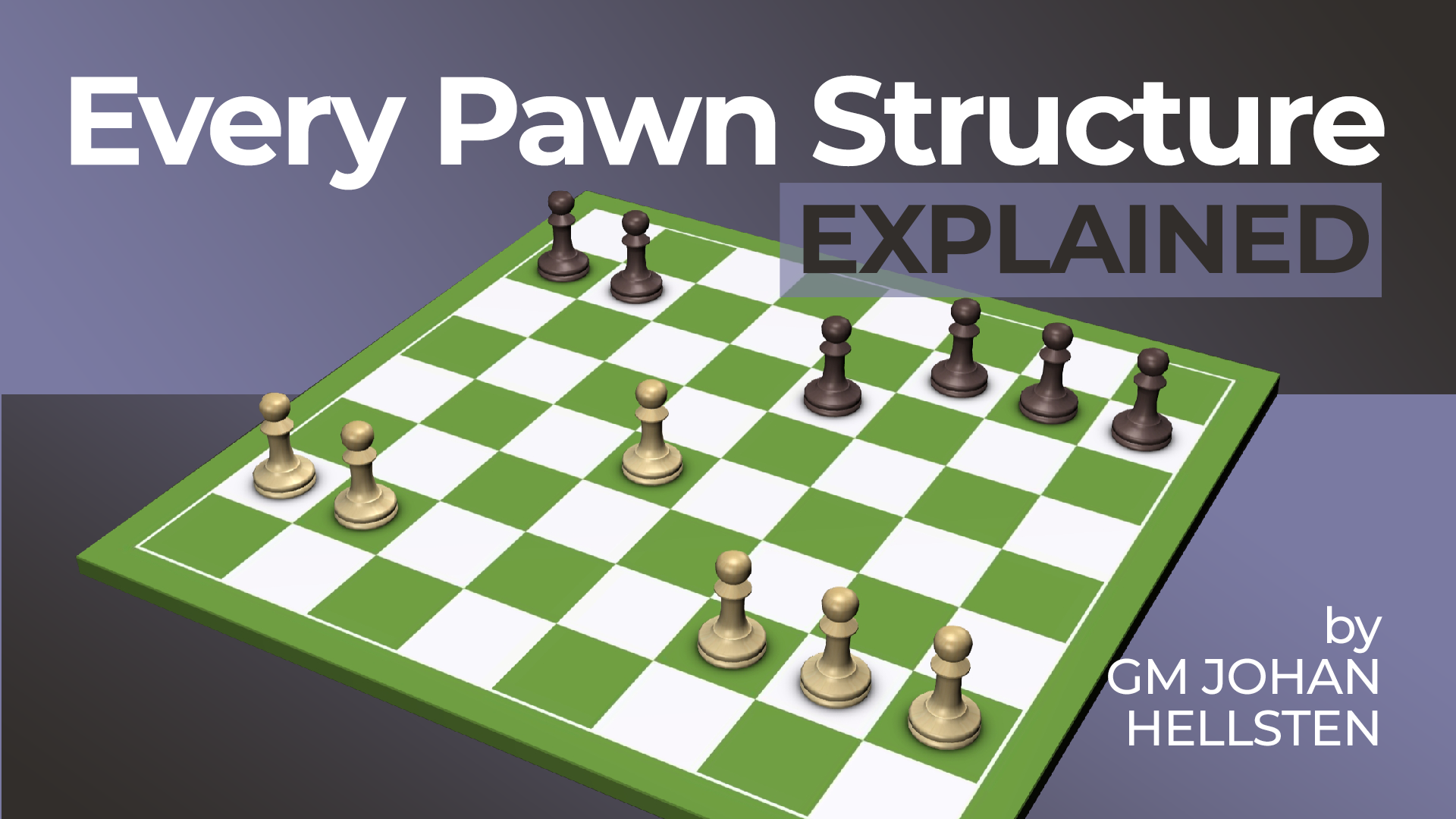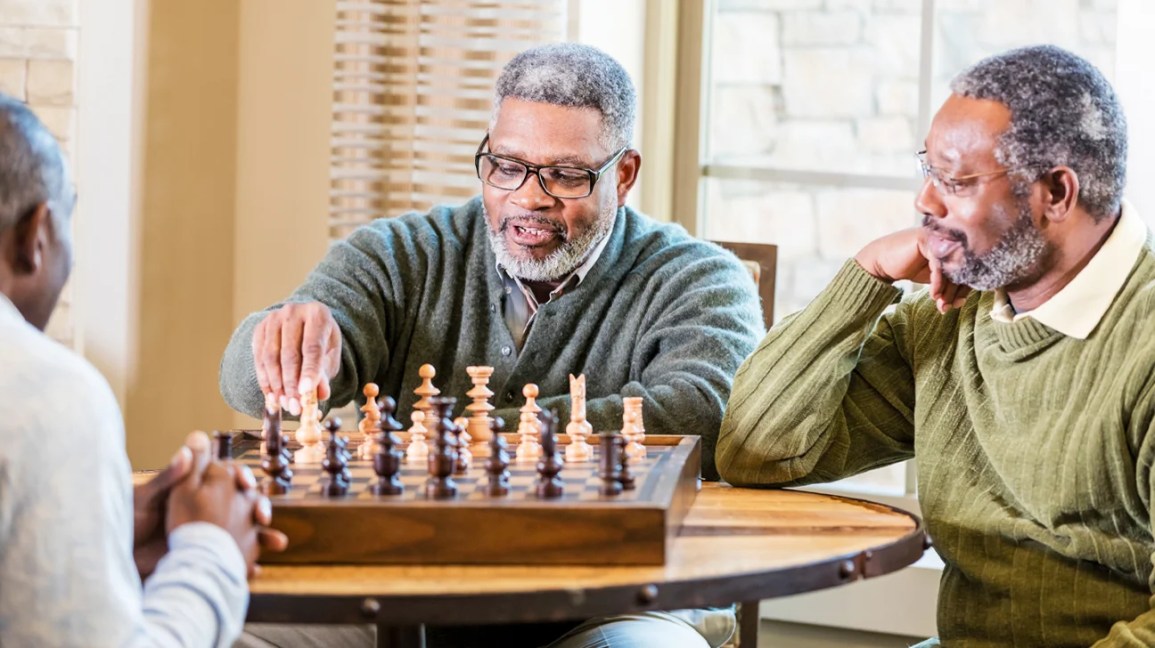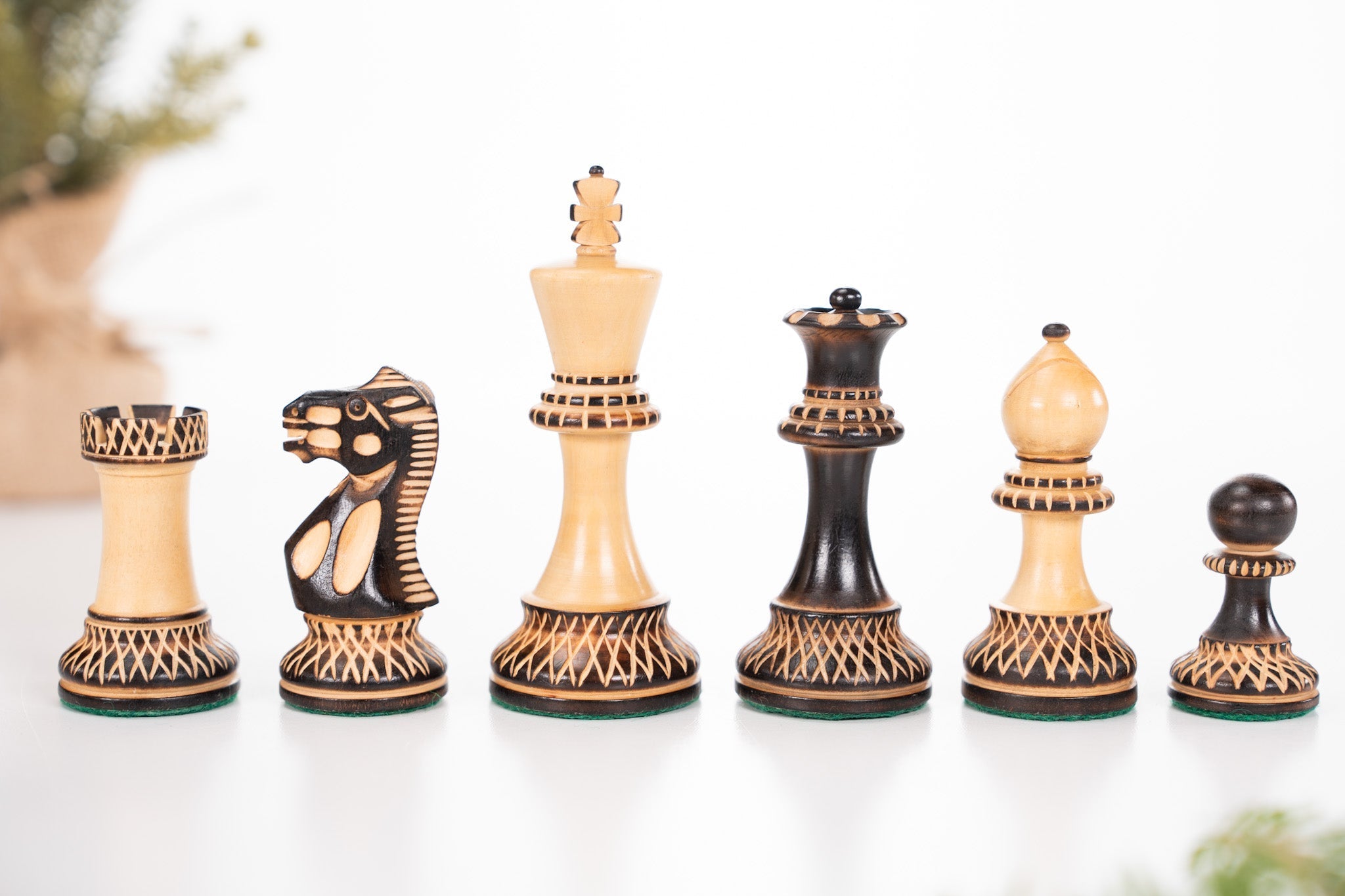Chess is a game of strategy. Every piece on the board has a role. But, pawns play a very special role. They may seem small and weak, but their structure is key. In this article, we will explore the importance of pawn structure in chess.
What is Pawn Structure?
Pawn structure refers to the arrangement of pawns on the chessboard. It shows how pawns are placed. This arrangement can affect the whole game. A good pawn structure can help you win. A bad one can make you lose.
Why is Pawn Structure Important?
Pawns are the soul of chess. They control the center. They open lines for other pieces. They protect important squares. Here are some reasons why pawn structure matters:
- Control of the Board: Pawns control key squares. This limits the movement of your opponent.
- Space Advantage: Good pawn structure can give you more space. More space means more options.
- Protection: Pawns protect other pieces. They act as shields for your king and other valuable pieces.
- Weaknesses: Bad pawn structure can create weaknesses. These weaknesses can be attacked by your opponent.
Types of Pawn Structures
There are several types of pawn structures. Understanding them helps you play better. Here are some common types:
1. Open Pawn Structure
In an open pawn structure, there are few pawns on the board. This creates open lines. Rooks and queens like open lines. They can move freely and attack.
2. Closed Pawn Structure
In a closed pawn structure, many pawns are on the board. This blocks lines. Knights and bishops like closed structures. They can jump over pawns and control important squares.
3. Isolated Pawn
An isolated pawn has no other pawns on its sides. It stands alone. This can be a weakness. Your opponent can attack it easily.
4. Doubled Pawns
Doubled pawns are two pawns on the same file. This can be a weakness. They cannot protect each other well. Your opponent can target them.
5. Pawn Chain
A pawn chain is a line of pawns protecting each other. This is strong. The base of the chain is important. If the base is attacked, the whole chain can fall.

Credit: www.chess.com
How to Improve Your Pawn Structure
Good pawn structure can give you an advantage. Here are some tips to improve your pawn structure:
- Control the Center: Place your pawns in the center. This gives you control of the board.
- Avoid Isolated Pawns: Keep your pawns connected. This makes them stronger.
- Protect Your Pawns: Use other pawns or pieces to protect your pawns.
- Plan Your Moves: Think ahead. Make moves that improve your pawn structure.
- Learn from Experts: Study games of strong players. See how they handle pawns.
Examples from Famous Games
Let’s look at some famous games. These games show how important pawn structure is.
1. Fischer Vs. Spassky (1972)
In the 6th game of the 1972 World Championship, Bobby Fischer played against Boris Spassky. Fischer used a strong pawn structure. He controlled the center. This gave him a big advantage. He won the game and the championship.
2. Kasparov Vs. Karpov (1985)
In the 16th game of the 1985 World Championship, Garry Kasparov played against Anatoly Karpov. Kasparov used a closed pawn structure. He created a strong pawn chain. This gave him control of important squares. He won the game and the championship.

Credit: chessfox.com
Conclusion
Pawn structure is very important in chess. It can decide the outcome of the game. Good pawn structure gives you control, space, and protection. Bad pawn structure creates weaknesses. Learn about different pawn structures. Practice improving your pawn structure. Study games of strong players. This will help you become a better chess player.
Remember, pawns are the soul of chess. Take care of them, and they will take care of you.







